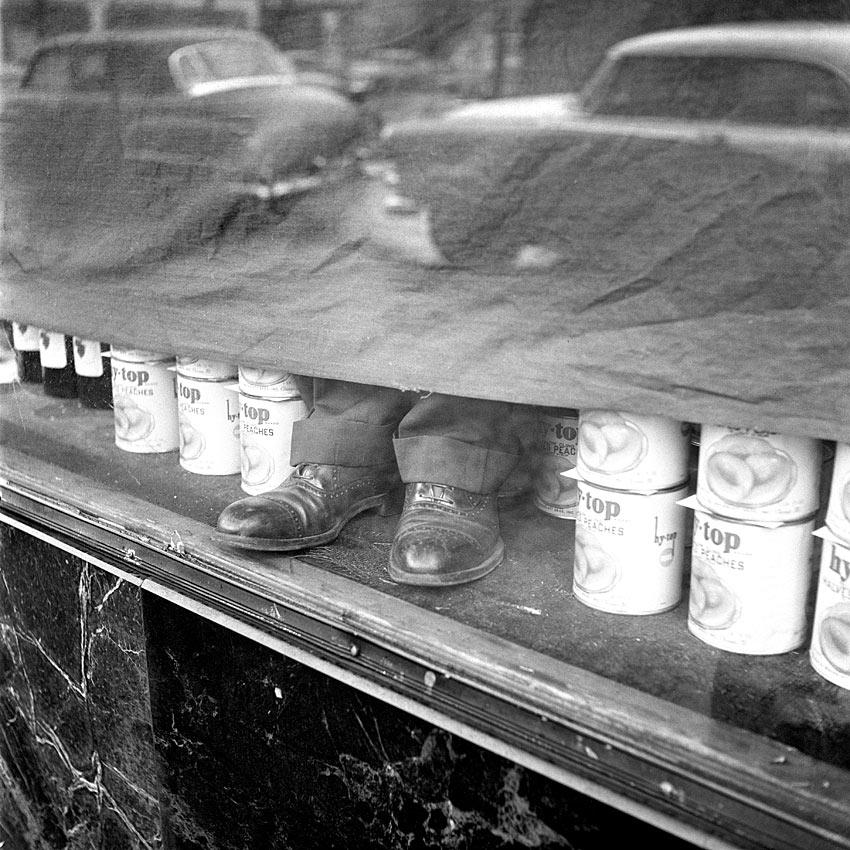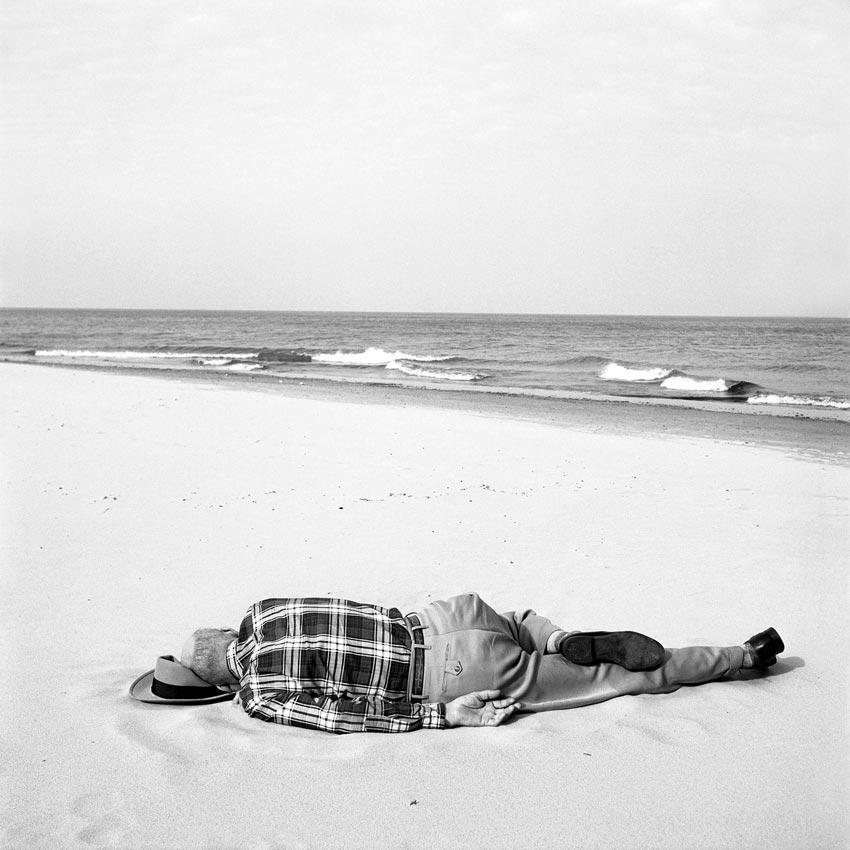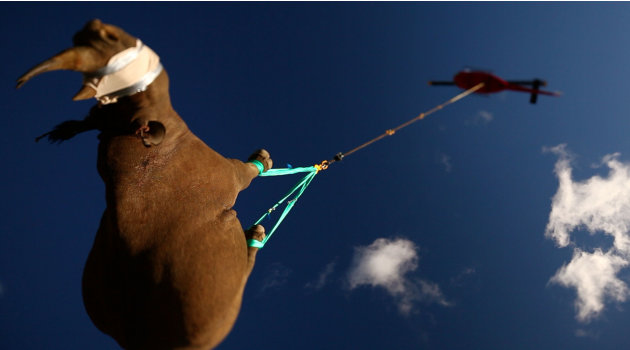A blog dedicated to the above classes at Rutgers, The State University of New Jersey, Fall and Spring of 2011/2012 year.
Wednesday, November 30, 2011
Julianne Kost explains the contact sheet process in Bridge
As a follow up to Amy's post of creating a contact sheet in Bridge, Julianne Kost (Photoshop genius) explains it in this video post:
Julieanne Kost explains the Bridge Contact sheet features in this video: http://tv.adobe.com/watch/the-complete-picture-with-julieanne-kost/creating-web-galleries-and-pdf-files/
Seems in the CS4 and CS5 versions of Photoshop, they have dropped the original contact sheet feature. Bummer. So, it seems we can make them in bridge, but apparently its not as good.
if you do have CS3, go to File > Automate > contact Sheet II > select your parameters and images and BINGO!! it does it for you.
best,
Annie
Leigh Ledare

Annie already posted the full list of artist talks this semester, but I wanted to do a reminder about tonight. Leigh Ledare, who's work is currently up in the CSB Gallery is speaking tonight. He's pretty interesting, with work based around his relationship with his mother, which is very close. Personally, I'm not sure what I make of it on an internal level, when you know the content. I think, especially since we don't get many photography speakers, he'd be someone to check out this evening.
Tuesday, November 29, 2011
Contact Sheet
Sara Greenberger Rafferty

The Anxiety of Photography

The Anxiety of Photography is a publication based on an exhibition shown by the Aspen Art Museum from May 13 - July 11, 2011. There are over 40 images, and approximately 16 photographers. The book addresses working artists, and their interpretation of photography as a modern medium.
Monday, November 28, 2011
http://www.smashingmagazine.com/2008/03/10/35-fantastic-hdr-pictures/
Applied carefully, High Dynamic Range-technique (HDR) can create incredibly beautiful pictures which blur our sense of the difference between reality and illusion. In graphics HDR imaging is a set of techniques that allow a far greater dynamic range of exposures than normal digital imaging techniques. The intention is to accurately represent the wide range of intensity levels found in real scenes, ranging from direct sunlight to the deepest shadows. This is usually achieved by modifying photos with image processing software for tone-mapping. And the results can be really incredible; in fact, many artists and designers come up with some pretty fancy results.
This post covers 35 extremely beautiful and perfectly executed HDR-pictures. Some of them might look surreal, too colorful, even magic or fake, but they are not — keep in mind that they’ve all been developed out of usual photos, and not a single image is an illustration.
Thursday, November 24, 2011
Joakim Eskildsen
Definitely check his stuff out!
http://lightbox.time.com/2011/11/17/below-the-line-portraits-of-american-poverty/#31
http://fantastic-dl.blogspot.com/2009/03/joakim-eskildsen-copenhagen.html
http://www.joakimeskildsen.com/default.asp?Action=Menu&Item=125
Monday, November 21, 2011
Curves for the Advanced Class for digital negatives
as we are doing the cyanotype workshop when we get back, here is a curve that you can place on your image that will help you get the best detail out of your digital negative.
A curve could be described as the representation of all the tones in an image, from highlights to shadows. Photoshop curves are a great tool for creating a balanced digital negative. They help you control the tonal values and contrast of an image or a negative.
See here:http://www.alternativephotography.com/wp/negatives/curve-corner-photoshop-curves
If you have problems downloading the curves:
On a PC: Right-click with the mouse on the link and select "Save Target As"
On a mac: Hold down the Ctrl key and click on the link. Select "Download Link to Disk".
also, to load it into photoshop, keep reading down the page and there is an example of how to save it to photoshop and use for your image.
best,
Annie
John Baldessari
http://www.pbs.org/art21/artists/john-baldessari
Photography Exhibition
Saturday, November 19, 2011
Some interesting places in Brooklyn
Momenta Art 56 Bogart Street Brooklyn, NY 112006 (Andy Monk is the Gallery Director) www.momentaart.org
This gallery only shows artists that haven't shown their work in too many places. It helps beginning artists to get their name out there.
3rd Ward 195 Morgan Ave. Brooklyn, NY www.3rdward.com/visit
3rd Ward is a place where artists can work or continue their education in their field. It's member-based, but worth it because they have things that would be typically hard to get in the city like wood shops, metal shops, photo studios, etc. They also have classes in things like the latest version of photoshop, lighting etc.
Cool places to check out if in a closet sized apartment in the city :)
Sunday, November 13, 2011
Polaroid Printer
http://groups.freecycle.org/freecycleruhub/posts/15688455/Polaroid%20p-500ir%20portable%20digital%20photo%20printer
Wednesday, November 9, 2011
Yayoi Kusama



Annie Recnetly told me to look at the work of this artist. Her work is really immersive, and very intriguing. Her work focuses primarily on her mental disability, and allows this to dictate its content.
Yayoi Kusama arrived in New York in 1958 and quickly became known as an artist there. Her work includes sculptures, books, performance art, installations and photo collages. Although Kusama showed with influential artists in New York, she never achieved long term critical or financial support and returned to Tokyo in the mid-seventies.
Kusama began her career by showing paintings in New York. These "net paintings" were large works with circular repetitive patterns. Her first sculpture (probably 1961) was an armchair covered with stuffed fabric phallic shapes and painted white. More objects covered with these phalluses followed. Kusama has also covered objects such as suitcases, coats and mannequins with macaroni and paint. Her installations often feature mirrors and polka dotted objects. The installation Narcissus Garden is comprised of 1500 mirror balls floating in water.
Yayoi Kusama's mental illness began in childhood when she began hallucinating the dots, nets and flowers which subsequently appear in her paintings and sculptures. Today, she voluntarily resides in a mental institution in Japan. Kusama's most noted work was created between 1958-1968 in New York City. In 1998, she had a retrospective called Love Forever at the Museum of Modern Art in New York.
Monday, November 7, 2011
Saturday, November 5, 2011
Vivian Maier

 Maier’s massive body of work would come to light when in 2007 her work was discovered at a local thrift auction house on Chicago’s Northwest Side. From there, it would eventually impact the world over and change the life of the man who championed her work and brought it to the public eye, John Maloof.
Maier’s massive body of work would come to light when in 2007 her work was discovered at a local thrift auction house on Chicago’s Northwest Side. From there, it would eventually impact the world over and change the life of the man who championed her work and brought it to the public eye, John Maloof.Wednesday, November 2, 2011
WW2 Canopy
Otherworldly
Lori Nix is one of my favorites and what pains me so much is that when she is done with them she usually destroys the models.
anyway, here is the link and it has videos and photos.
http://collections.madmuseum.org/html/exhibitions/530.html
here is a direct link to the Lori Nix video
http://collections.madmuseum.org/code/emuseum.asp?emu_action=media&id=9382&mediaid=36127





